Garlic Salt or Garlic Powder: Choose the Right One
Garlic salt brings a robust flavor to countless dishes as a popular seasoning blend combining salt and dried garlic.
Many home cooks reach for this convenient option when they want both savory notes and saltiness in one shake.
The distinct advantage comes from its dual-purpose nature, saving precious time during meal preparation.
This versatile ingredient enhances everything from pasta dishes to roasted vegetables with minimal effort.
Some food enthusiasts prefer the control of adding salt separately from garlic powder for more precise seasoning.
With these flavorful options waiting in your spice cabinet, you can transform ordinary meals into extraordinary culinary experiences.
Unlocking Garlic Powder: A Popuplar Ingredient
Garlic powder comes from dehydrated fresh garlic that gets ground into a fine powder. The process involves drying garlic cloves in a dehydrator or oven before grinding them with kitchen tools.
It offers a convenient, shelf-stable alternative to fresh garlic, providing a milder but still distinctive garlic flavor that easily blends into dishes.
Popular in spice blends, marinades, sauces, and dry rubs, garlic powder adds savory depth without the texture or moisture of fresh garlic.
It’s especially handy for seasoning when you want a consistent flavor or need to avoid the pungency of raw garlic.
Plus, garlic powder has a long shelf life and is easy to store.
Pros and Cons of Garlic Powder
Garlic has long been valued for its health benefits, and garlic powder shares many of these advantages, though some precautions apply.
Benefits:
Drawbacks:
Garlic Salt: The Overview
Garlic salt is a popular seasoning blend made by combining ground garlic powder with regular table salt, which should contain calcium silicate as an anti-caking agent. Without an anti-caking agent, the garlic powder tends to clump together in the mixture, creating an uneven flavor distribution.
It offers the rich, savory flavor of garlic with the added saltiness, making it a convenient all-in-one seasoning for enhancing a wide variety of dishes.
Garlic salt is commonly used to season meats, vegetables, snacks, and even popcorn, providing a quick way to add both garlic aroma and salty taste without needing separate ingredients.
However, because it contains a significant amount of salt, it should be used sparingly to avoid excessive sodium intake.
Pros and Cons Of Garlic Salt
Here are the pros and cons of garlic salt in health, in bullet points:
Advantages:
Disadvantages:
Garlic Salt vs Powder: How to Set Them Apart
Garlic salt and garlic powder have various different features, from the ingredients to the nutrition. Check this table to discover more about them briefly.
| Feature | Garlic Powder | Garlic Salt |
| Ingredients | Made from dehydrated, ground garlic | Garlic powder mixed with salt and anti-caking agents |
| Preparation | Garlic cloves peeled, sliced, dehydrated, then ground | Garlic powder blended with measured salt |
| Taste | Pure garlic flavor, mild and versatile | Saltier with garlic flavor; adds both saltiness and garlic |
| Versatility | More versatile; used to add garlic flavor without salt | Less versatile due to salt content; used to add savory, salty flavor |
| Common Uses | Seasoning meats, vegetables, breads, sauces, toppings | Seasoning meats, veggies, sauces; enhances savory flavor |
| Control Over Flavor | Easy to control garlic intensity and saltiness separately | Saltiness limits ability to increase garlic flavor without over-salting |
| Nutritional Content | Higher potassium and calories; low sodium | Much higher sodium; lower potassium and calories |
Ingredients
Garlic powder is made solely from dehydrated and finely ground garlic cloves. This pure form captures the essence of garlic without any added components.
Garlic salt is a blend of garlic powder and salt, usually combined with an anti-caking agent to keep it free-flowing. The addition of salt means garlic salt delivers both seasoning and flavor in one, but it also increases the sodium content significantly compared to garlic powder.
Preparation Techniques
The process to make garlic powder involves peeling fresh garlic cloves, slicing them thinly, then drying them thoroughly, often using food dehydrators or ovens, to remove moisture. After drying, the garlic is ground into a fine powder.
Garlic salt is produced by mixing a precise ratio of this garlic powder with table salt. This mixture requires careful blending to ensure consistent flavor and texture, along with anti-caking agents to prevent clumping during storage.
Taste
Garlic powder offers a clean, concentrated garlic flavor that’s versatile and mild compared to fresh garlic. It delivers a straightforward, earthy taste without the pungency or moisture of fresh cloves.
Garlic salt combines this garlic flavor with the sharpness and saltiness of salt, which enhances savory dishes quickly but can overpower delicate flavors if overused. Because of the salt content, garlic salt tends to be less pure in garlic flavor and more focused on seasoning.
Common Uses
Garlic powder is widely used for seasoning meats, vegetables, breads, sauces, dressings, and as a topping because it imparts garlic flavor without altering salt levels.
Garlic salt is often sprinkled on meats, vegetables, or snacks when you want a fast way to add both garlic and salt, such as on fries or roasted veggies. However, its use in recipes requiring delicate seasoning is less ideal due to its fixed salt content.
Control Levels
One of the biggest differences is the control you have over the flavor profile. With garlic powder, you can adjust garlic and salt independently, adding other salts or seasonings as needed.
Garlic salt limits this flexibility because increasing garlic salt also increases saltiness, which can easily lead to over-salted dishes if not carefully measured.
Nutritional Content
Garlic powder is low in sodium and contains beneficial nutrients like potassium and antioxidants naturally found in garlic. Garlic salt, however, has a much higher sodium content because of the added salt, which can contribute to increased risks of hypertension and cardiovascular disease if consumed in excess.
Garlic powder’s lower sodium makes it a healthier option for people monitoring salt intake.
Health Considerations
While both provide some health benefits associated with garlic, such as antimicrobial properties and potential cardiovascular support, the high salt content in garlic salt can negate some advantages if consumed excessively. Excess sodium intake is linked to high blood pressure, increased risk of stroke, kidney problems, and stomach cancer. Therefore, for health-conscious individuals or those on low-sodium diets, garlic powder is the preferable choice.
Check this nutrient table for more info.
| Nutrient | Garlic Powder (1 tsp = 3g) | Garlic Salt (1 tsp = 6.8g) |
| Calories | ~9 kcal | ~16 kcal |
| Carbohydrates | ~2 g | ~3.5 g |
| Fiber | ~0.3 g | ~0.3 g |
| Sugar | ~0.03 g | ~0.03 g |
| Protein | ~0.4 g | ~0.5 g |
| Fat | ~0.02 g | ~0.02 g |
| Cholesterol | 0 mg | 0 mg |
| Sodium | ~2 mg | ~1400 mg |
| Potassium | ~72 mg | ~12 mg |
| Calcium | ~18 mg | ~12 mg |
| Iron | ~0.3 mg | ~0.2 mg |
| Vitamin A | 0 IU | 0 IU |
| Vitamin C | ~0.2 mg | ~0.1 mg |
| Vitamin B6 | ~0.1 mg | ~0.05 mg |
Homemade Garlic Powder and Salt: What to Do
Making your own garlic powder and garlic salt at home is easier than you think! With just a few simple steps, you can create fresh, flavorful seasonings that add a delicious punch to your dishes while controlling the ingredients and quality.
Instructions of Making Garlic Powder
Ingredients:How To Do:
Instructions of Making Garlic Salt
Ingredients:Option 1: From Fresh Garlic
Ingredients:Option 2: From Garlic Powder
Right Techniques to Store Garlic Salt/Powder
If you want to store garlic powder and garlic salt to keep them fresh and flavorful, here are tips to follow:
Heat and light can degrade their aroma and potency.
Swapping Garlic Powder and Salt and Vice Versa
Swapping garlic powder and garlic salt requires careful attention because garlic salt contains a significant amount of salt, while garlic powder is pure garlic flavor without salt. When replacing garlic salt with garlic powder, you’ll need to add extra salt separately to match the saltiness of the original recipe.
Conversely, if substituting garlic powder with garlic salt, reduce or eliminate any additional salt in the recipe to avoid over-salting.
Balancing the flavors is key to keeping the dish tasty without becoming too salty or bland.
Check this table for easy swapping.
| Substitution | Use | Adjust |
| Garlic Salt → Garlic Powder | Use 1 part garlic powder | Add 2 parts salt separately |
| Garlic Powder → Garlic Salt | Use 3 parts garlic salt | Reduce or skip added salt |
Got Questions? We’ve Got Solutions
1. Can I substitute garlic salt for garlic powder in recipes?
You can substitute garlic powder for garlic salt, but you'll need to add salt separately. For the reverse, use garlic salt but reduce or eliminate other salt in your recipe to avoid over-salting your dish.
2. Which one is better for health-conscious cooking?
Garlic powder is better for those watching sodium intake since it contains no salt. Garlic salt typically contains about 3 parts salt to 1 part garlic powder, significantly increasing sodium content.
3. How much garlic salt equals one clove of fresh garlic?
About 1/2 teaspoon of garlic salt equals one garlic clove in flavor intensity. However, you'll be adding salt too, so adjust your recipe accordingly.
4. Do garlic powder and garlic salt have the same shelf life?
Both typically last 2-3 years when stored in a cool, dry place in airtight containers. Garlic salt may last slightly longer due to salt's preservative properties.
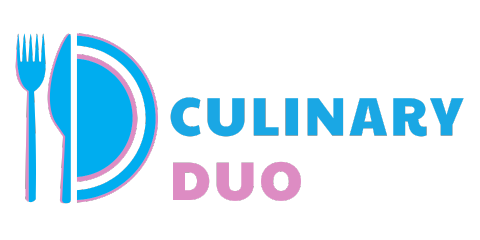
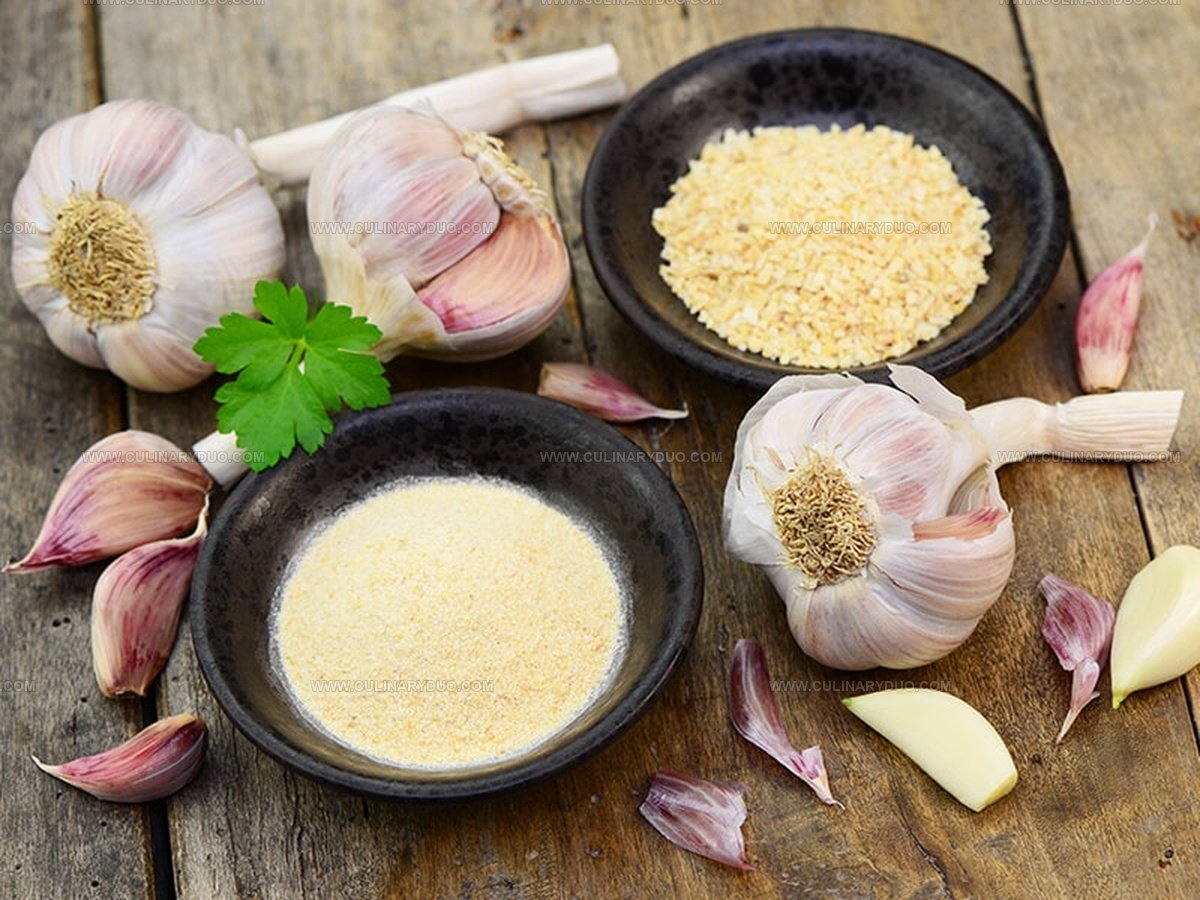
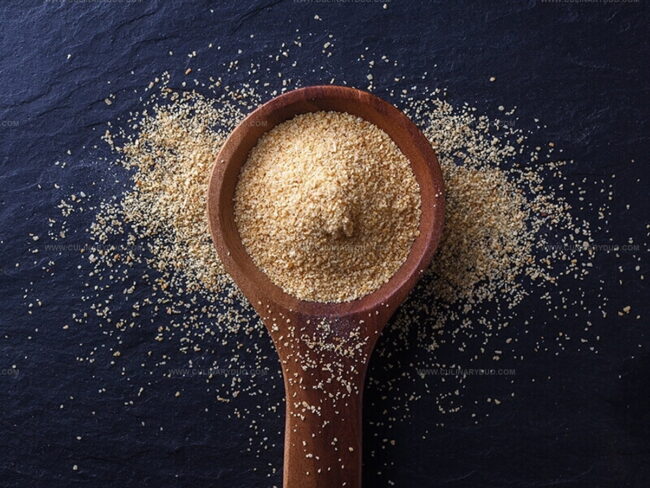
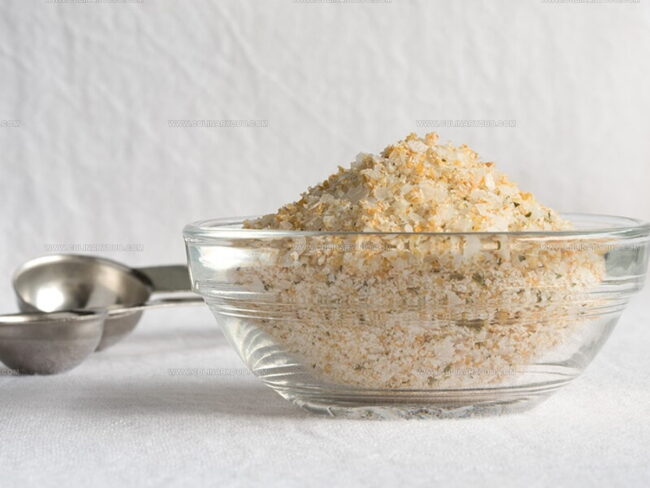
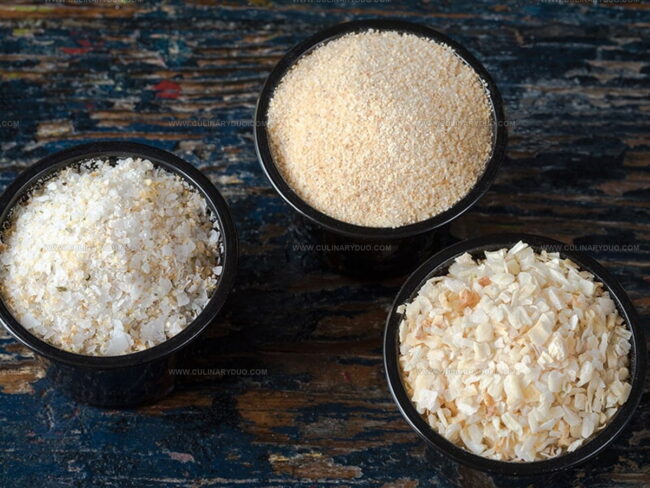
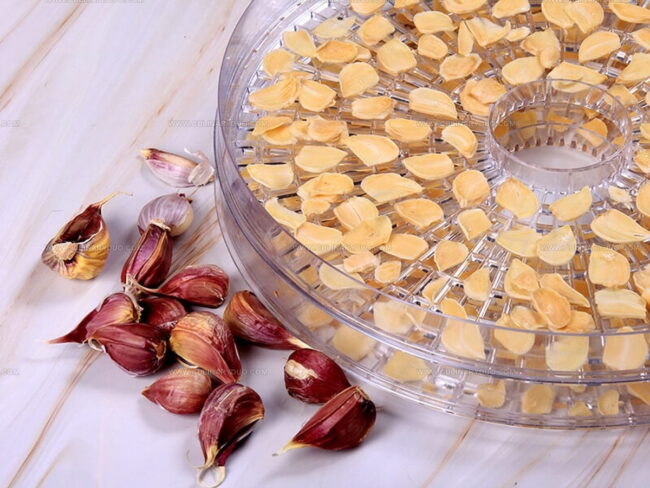
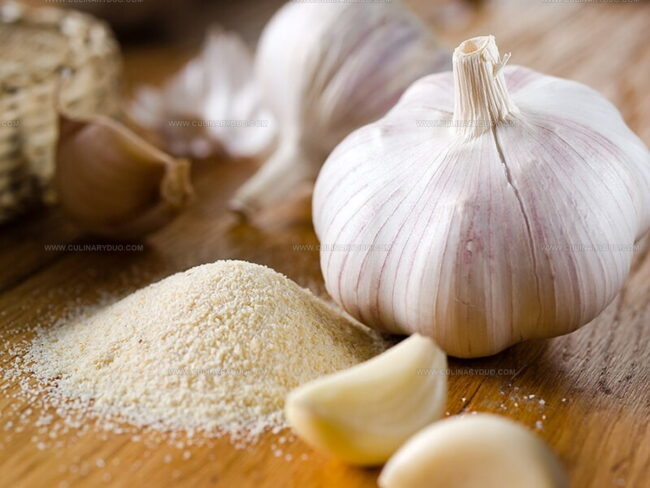
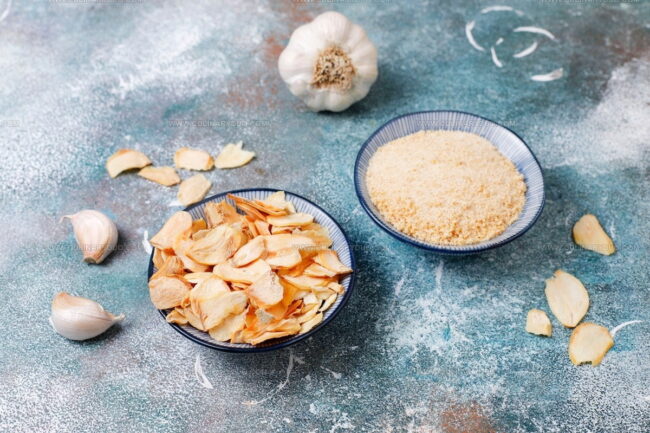
Natalie Brooks
Co-Founder & Content Strategist
Expertise
Education
eCornell
Natalie brings the vibrant, plant-powered side to Culinary Duo. After earning her Plant-Based Nutrition Certificate from eCornell, she combined her love for fresh ingredients with a passion for storytelling, aiming to make healthy cooking simple and satisfying.
Her kitchen motto: good food doesn’t need a fancy label, it just needs fresh ideas and a little creativity. Outside of writing and recipe testing, Natalie’s happiest in her garden, exploring farmers’ markets, or mixing global flavors into new kitchen experiments.